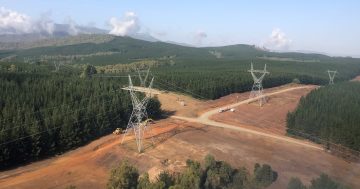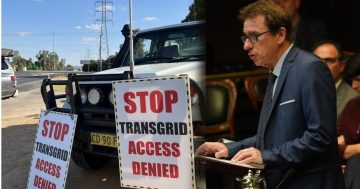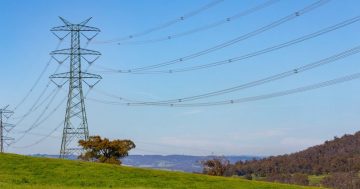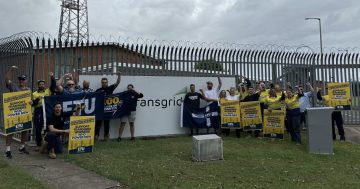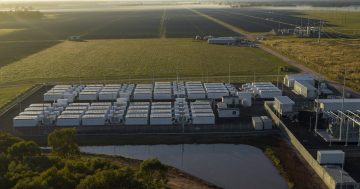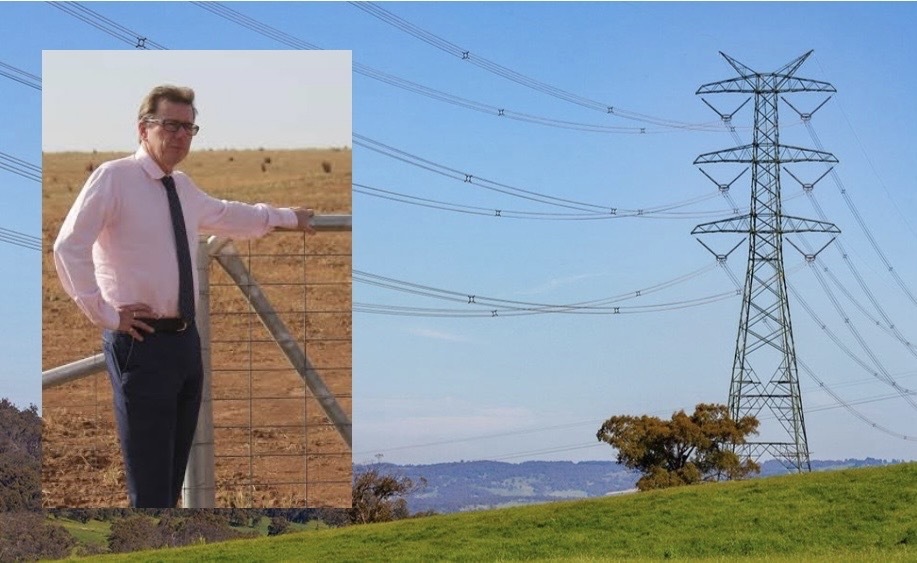
Dr Joe McGirr has suggested a “pause” to reconsider the approach to the HumeLink energy project. Photo: Supplied.
Member for Wagga Wagga, Dr Joe McGirr, has called for the $3.3 billion HumeLink energy infrastructure project to be paused and re-evaluated with news of delays on Snowy 2.0 and ongoing questions over the technology.
Dr McGirr wants to see further consideration of proposals to take the poles-and-wires project underground using superconductor cables rather than going overhead with the planned transmission towers.
“Information is emerging that Snowy Hydro is well behind in its work and I think that gives an opportunity to rethink undergrounding once again,” he said.
“I would have thought anything that would reduce the waste of electricity by as much as 10 per cent would be something worth considering, particularly when you’re talking about electricity use that’s going over decades and decades.”
The HumeLink project comprises 360 kilometres of power lines that will connect Wagga Wagga, Bannaby and Maragle and, according to Transgrid, will “improve the flow of electricity between new generation sources and the state’s major demand centres”.
Community action groups and landholders have continued to lobby against the controversial project citing its environmental and aesthetic impact, fire risk and inefficiency.
“This issue of decline in electricity in overhead lines from transporting it over a longer distance has been known for quite some time,” Dr McGirr said.
“It’s clear that going underground using HVDC superconductor cables changes that loss considerably.”
Transgrid estimates an increased cost of almost $8 billion to go underground, but Dr McGirr wants to examine the maths on the savings over time.
“Yes, it will cost more. No question about that. But if you were not losing 10 per cent of the electricity over 70 or 80 years, I would have thought you would be gaining back your investment,” he said.
“We talk a lot about using energy properly, the need for clean energy and reliability of energy, then why would we consider using a technology that we know has a loss of energy over long transmission distances?
“We need to reduce energy inefficiencies and provide value to energy consumers.”
A spokesperson for Transgrid said that increased costs would have a direct impact on consumer bills and delays would stall the transition to renewables.
“In the case of HumeLink, the difference in cost between overground and underground development is considered substantial and as such is not in the best interests of consumers,” they said.
“Given the cost-of-living pressures being experienced by consumers, this is particularly pertinent and Transgrid is committed to doing everything it can to put downward pressure on customer bills.
“Undergrounding HumeLink would not be consistent with the rules that require Transgrid to propose the most efficient option for consumers based on the capital cost of the solution, the ongoing operational costs, the market benefits, the expected reliability, and the costs associated with the impact on landowners, the community, and the environment,” they added.







